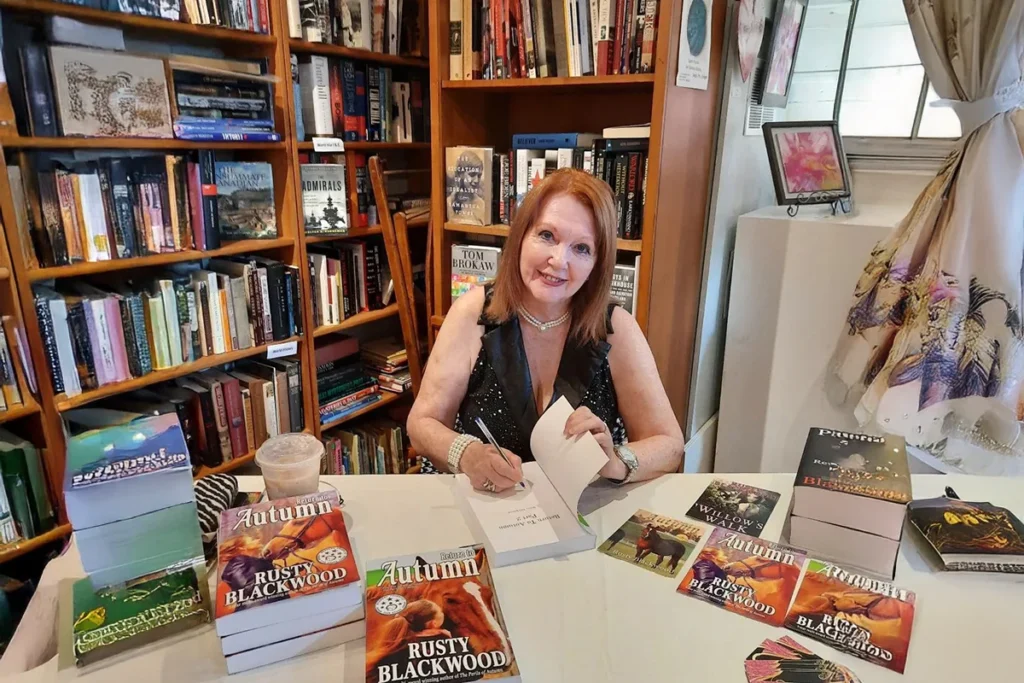In today’s dynamic publishing landscape, authors have more options than ever when it comes to publishing their work. Both traditional and self-publishing paths offer distinct advantages and challenges. Let’s explore both routes to help you make an informed decision.
Traditional Publishing
Advantages:
- Professional Support: Access to experienced editors, designers, and marketing teams
- No Upfront Costs: Publishers bear the financial risk
- Distribution Network: Established relationships with bookstores and retailers
- Industry Credibility: Traditional publishing still carries prestige
- Advance Payments: Possibility of receiving money upfront
Challenges:
- Highly Competitive: Low acceptance rates
- Limited Creative Control: Publishers have final say on many decisions
- Longer Timeline: Can take 18-24 months from acceptance to publication
- Lower Royalties: Typically 5-15% of book sales
- Rights Control: Publishers often retain various rights
Self-Publishing
Advantages:
- Complete Creative Control: You make all decisions
- Higher Royalties: Can earn 40-70% of book sales
- Faster Publication: Books can be published within months
- Rights Retention: You maintain all rights
- Market Flexibility: Ability to adjust pricing and marketing strategies
Challenges:
- Upfront Costs: You pay for editing, design, and marketing
- No Advance Payment: Income solely from sales
- Distribution Limitations: Harder to get into physical bookstores
- Marketing Responsibility: Success depends on your promotional efforts
- Quality Control: Must source professional services independently
Making Your Decision
Consider:
- Your Goals: What defines success for your book?
- Timeline: How quickly do you want to publish?
- Budget: Can you invest in self-publishing services?
- Marketing Skills: Are you prepared to handle promotion?
- Genre: Some genres perform better in specific publishing routes
Hybrid Approach
Many authors today choose a hybrid approach, publishing some books traditionally and others independently. This strategy allows them to benefit from both models while building their author platform.
There’s no one-size-fits-all answer in publishing. Success stories exist in both traditional and self-publishing. The key is aligning your choice with your goals, resources, and long-term career plans as an author.
Remember: Research thoroughly, network with other authors, and consider starting with smaller publications or short works to gain experience in your chosen path.







